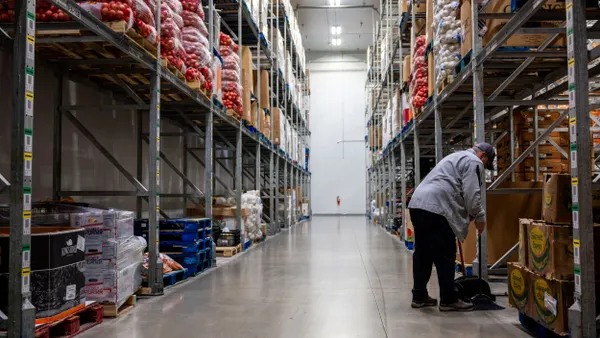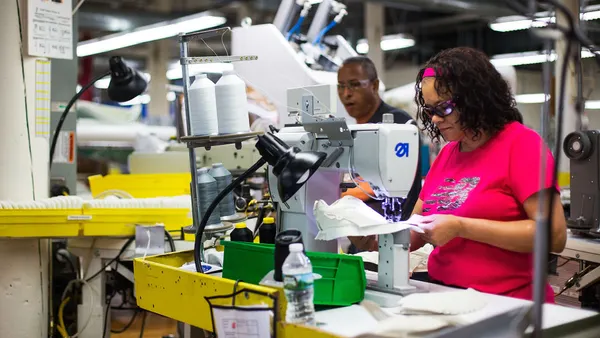Although generative AI tools are changing the workplace, they won’t replace workers — or even fully manage tasks without prompts, according to a recent presentation at Indeed FutureWorks 2024.
Based on an Indeed analysis, generative AI is unlikely to replace most work skills, especially those used for in-person roles such as cooks, drivers and nurses. Although generative AI may be more likely to affect technical or computational fields, such as accounting, advertising and software development, these tools still can’t replace workers entirely.
“There are no skills, literally zero, where GenAI is very likely to replace a human,” Svenja Gudell, Indeed’s chief economist, told an audience of talent leaders. Gudell oversees Indeed’s Hiring Lab, where she and other economic researchers have analyzed the labor market and the potential for generative AI to eliminate jobs.
“The working mom trying to find a job that offers more flexibility, the recent college graduate trying to find a job that offers student loan assistance, the employer trying to figure out how AI will impact her workforce — these people and their stories form the backbone of our data and research,” Gudell said.
In an analysis of 2,800 skills listed in Indeed job postings, the Hiring Lab researchers found no skills were “very likely” to be replaced by generative AI. In fact, the tools are only “likely” to replace less than 3% of the skills assessed. Despite major growth since late 2022, generative AI-related jobs still only represent about 1 in 1,000 U.S. jobs, they reported.
In some roles, generative AI can help with repetitive tasks, particularly in “office jobs” with technical skills or modest problem-solving, the Hiring Lab team found. However, the current tools remain “unlikely to fully master even a single occupational skill without human oversight,” they concluded.
For HR pros, AI tools can support a skills-first hiring approach, Gudell said, but human skills are needed to assess and interview candidates. The tools are only “likely” to replace a human in 12% of tasks in a typical HR role, such as summarizing resumes, writing job descriptions and generating interview questions, Indeed said.
Even still, upskilling workers on AI-related skills is vital, she noted, particularly with a looming labor shortage. With labor demand still high compared to pre-pandemic levels and a declining share of workers aged 25-54 across most developed nations, major labor gaps may occur by early 2026, if not sooner. Upskilling, schedule flexibility and strong benefits are key, she said.
Other reports indicate that U.S. employers may soon face “the largest labor shortage the country has ever seen,” according to a labor market report from Lightcast. To anticipate this trend, HR pros should try to reach as many applicants as possible, create clear and open-minded job descriptions and focus on training and reskilling new hires to ensure they have the skills for the job, the firm said.
And though AI-related job postings are on the rise, the demand for “human skills” still outpaces the demand for digital skills across all regions, according to a Cornerstone OnDemand report. The most common human skills in job postings included communication, interpersonal collaboration and problem-solving skills.
“What is true right now is that GenAI will not take your job. However, the person that knows how to use these tools definitely will,” Gudell said. “Embracing AI as a tool is the key to staying relevant in this evolving landscape.”














